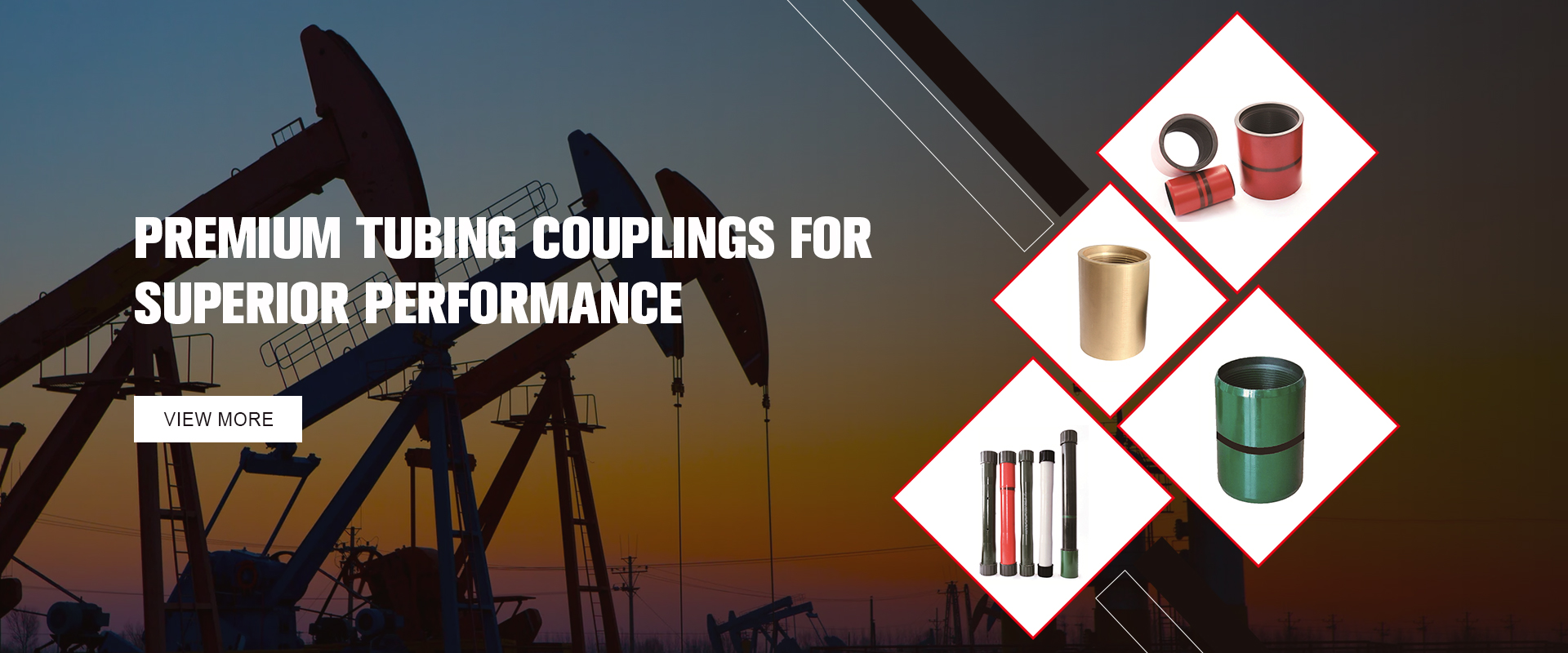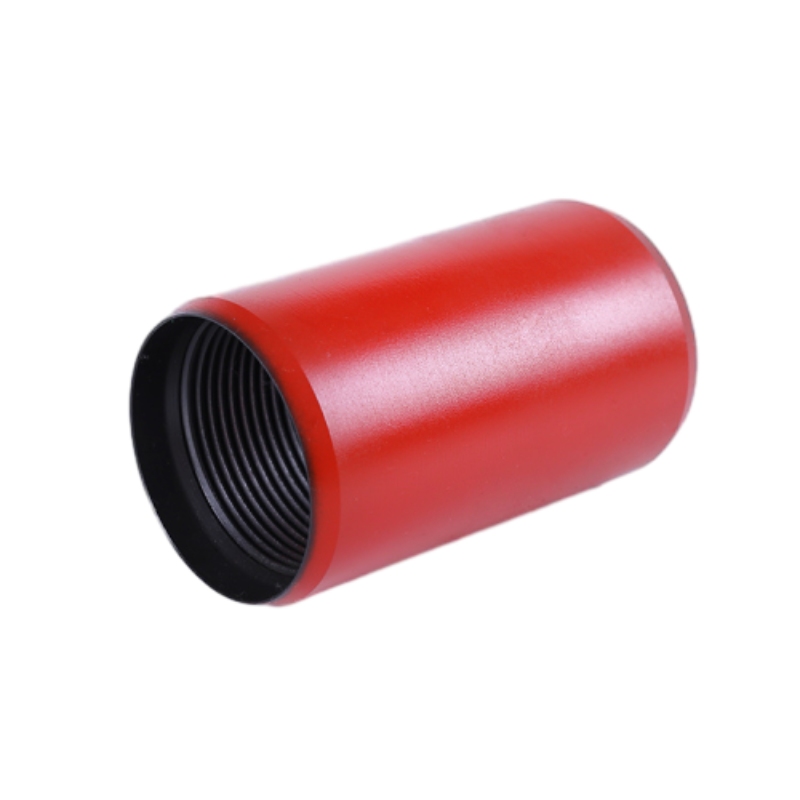- Afrikaans
- Albanian
- Amharic
- Arabic
- Armenian
- Azerbaijani
- Basque
- Belarusian
- Bengali
- Bosnian
- Bulgarian
- Catalan
- Cebuano
- Corsican
- Croatian
- Czech
- Danish
- Dutch
- English
- Esperanto
- Estonian
- Finnish
- French
- Frisian
- Galician
- Georgian
- German
- Greek
- Gujarati
- Haitian Creole
- hausa
- hawaiian
- Hebrew
- Hindi
- Miao
- Hungarian
- Icelandic
- igbo
- Indonesian
- irish
- Italian
- Japanese
- Javanese
- Kannada
- kazakh
- Khmer
- Rwandese
- Korean
- Kurdish
- Kyrgyz
- Lao
- Latin
- Latvian
- Lithuanian
- Luxembourgish
- Macedonian
- Malgashi
- Malay
- Malayalam
- Maltese
- Maori
- Marathi
- Mongolian
- Myanmar
- Nepali
- Norwegian
- Norwegian
- Occitan
- Pashto
- Persian
- Polish
- Portuguese
- Punjabi
- Romanian
- Russian
- Samoan
- Scottish Gaelic
- Serbian
- Sesotho
- Shona
- Sindhi
- Sinhala
- Slovak
- Slovenian
- Somali
- Spanish
- Sundanese
- Swahili
- Swedish
- Tagalog
- Tajik
- Tamil
- Tatar
- Telugu
- Thai
- Turkish
- Turkmen
- Ukrainian
- Urdu
- Uighur
- Uzbek
- Vietnamese
- Welsh
- Bantu
- Yiddish
- Yoruba
- Zulu
bull plug pressure rating
Understanding Bull Plug Pressure Ratings An Essential Guide
In various industrial applications, particularly in oil and gas exploration, the integrity and performance of equipment are paramount. One crucial aspect of this equipment is the bull plug, a type of pressure-sealing device essential for maintaining a secure and efficient pressure environment. Understanding the pressure rating of a bull plug is critical for ensuring safety, compliance, and optimal performance.
What is a Bull Plug?
A bull plug is a fitting used in pipeline systems to seal the ends of pipes. It is particularly valuable in applications where pressure is involved, as it provides a robust solution to prevent leaks and maintain system integrity. Bull plugs can be made from various materials, including metals like stainless steel, carbon steel, and alloys, which are selected based on the specific requirements of the application, such as temperature intolerance and chemical exposure.
Importance of Pressure Ratings
The pressure rating of a bull plug is a crucial specification that indicates the maximum pressure the plug can withstand without failing. This rating is vital for ensuring that the plug will perform safely under operating conditions. Using a bull plug with an inadequate pressure rating can lead to catastrophic failures, leaks, and potentially hazardous situations. Consequently, understanding the pressure rating helps engineers and procurement professionals make informed decisions when selecting components for their systems.
Factors Influencing Pressure Ratings
Several factors can influence the pressure rating of a bull plug
1. Material Composition The type of material used to manufacture the bull plug directly affects its pressure rating. Materials with higher tensile strength can withstand greater pressures. Therefore, selecting the right material for the conditions of use is essential.
2. Temperature Higher temperatures can reduce the material strength of the bull plug, affecting its pressure rating. Manufacturers present pressure ratings at specific temperatures, and exceeding this can compromise the effectiveness of the plug. It’s crucial to evaluate the operating conditions to select a bull plug with an appropriate rating.
bull plug pressure rating

3. Design Standards Bull plugs must adhere to specific design standards, such as those set by ASTM (American Society for Testing and Materials) or ASME (American Society of Mechanical Engineers). These standards help ensure that the plugs are tested and rated correctly for various pressures.
4. Testing Methods Different manufacturers might employ varying testing methods, which can result in different ratings for similar components. It is important for users to understand the methods used to derive pressure ratings to make proper comparisons between products.
Selecting the Right Bull Plug
When selecting a bull plug for an application, it is essential to consider the pressure rating as one of the key criteria. Here are some steps to ensure the right selection
1. Assess the Operating Conditions Understand the maximum pressure and temperature encountered in your application. This helps narrow down your options.
2. Consult Manufacturer Data Evaluate technical data sheets that provide information about the pressure ratings of different bull plugs, along with material specifications and temperature limits.
3. Compatibility Ensure that the bull plug material is compatible with any fluids it might come into contact with, as certain chemicals can degrade specific materials.
4. Compliance Ensure that the product meets industry standards and certifications for safety and reliability.
Conclusion
In conclusion, the bull plug pressure rating is a fundamental consideration in ensuring safety and reliability in industrial applications. Recognizing the factors that influence these ratings, such as material, temperature, and design standards, can lead to better decision-making and improved operational efficiency. Ultimately, by choosing the correct bull plug based on its pressure rating, industries can prevent failures and maintain a secure environment for their operations.
-
Well Casing Extension Couplings – Applications and InstallationNewsJun.06,2025
-
Types of Crossover Subs in Drilling & CompletionNewsJun.06,2025
-
Key Features of High-Quality Tubing Pup JointsNewsJun.06,2025
-
Installation and Maintenance Tips for Steel Couplings for PipeNewsJun.06,2025
-
How to Select the Right Pup Joint for Oil & Gas OperationsNewsJun.06,2025
-
Applications of Stainless Steel Pipe CouplingsNewsJun.06,2025







